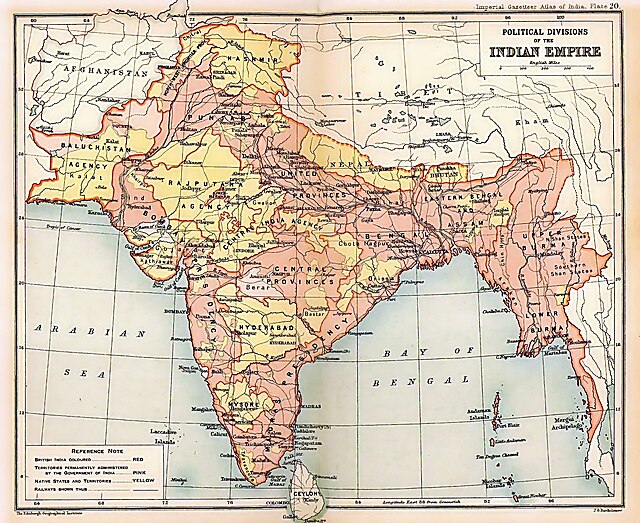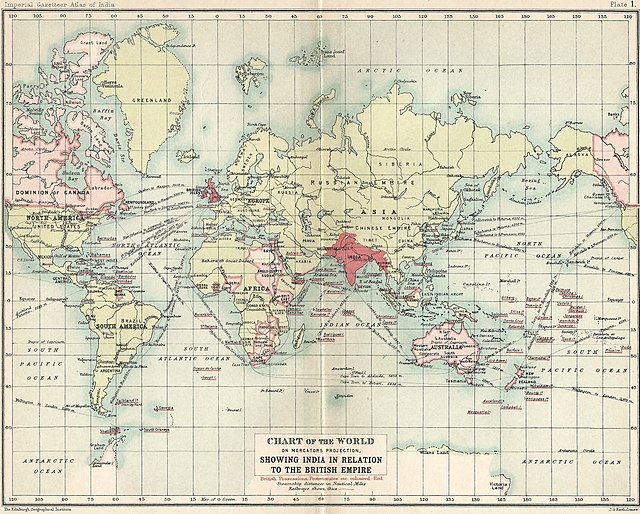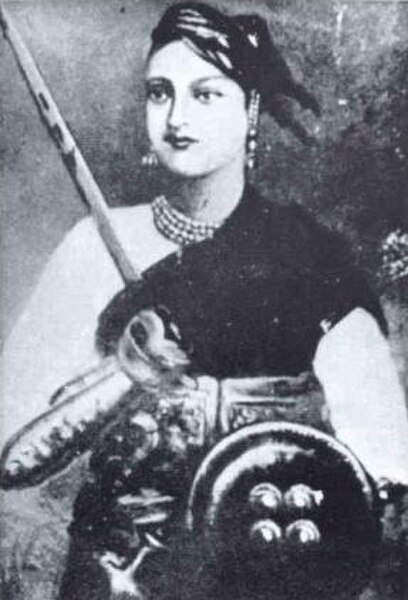The Partition of India in 1947 was the change of political borders and the division of other assets that accompanied the dissolution of the British Raj in the Indian subcontinent and the creation of two independent dominions in South Asia: India and Pakistan. The Dominion of India is today the Republic of India, and the Dominion of Pakistan—which at the time comprised two regions lying on either side of India—is now the Islamic Republic of Pakistan and the People's Republic of Bangladesh. The partition was outlined in the Indian Independence Act 1947. The change of political borders notably included the division of two provinces of British India, Bengal and Punjab. The majority Muslim districts in these provinces were awarded to Pakistan and the majority non-Muslim to India. The other assets that were divided included the British Indian Army, the Royal Indian Navy, the Royal Indian Air Force, the Indian Civil Service, the railways, and the central treasury. Provisions for self-governing independent Pakistan and India legally came into existence at midnight on 14 and 15 August 1947 respectively.

Prevailing religions of the British Indian Empire (1901), the basis for the partition
British Indian Empire in The Imperial Gazetteer of India, 1909. British India is shaded pink, the princely states yellow.
1909 percentage of Hindus.
1909 percentage of Muslims.
The British Raj was the rule of the British Crown on the Indian subcontinent; it is also called Crown rule in India,
or Direct rule in India, and lasted from 1858 to 1947. The region under British control was commonly called India in contemporaneous usage and included areas directly administered by the United Kingdom, which were collectively called British India, and areas ruled by indigenous rulers, but under British paramountcy, called the princely states. The region was sometimes called the Indian Empire, though not officially.
Political subdivisions of the British Raj in 1909. British India is shown in two shades of pink; Sikkim, Nepal, Bhutan, and the Princely states are shown in yellow.
The British Raj in relation to the British Empire in 1909
The British Raj and surrounding countries are shown in 1909.
Lakshmibai, Rani of Jhansi, one of the principal leaders of the Great Uprising of 1857, who had lost her kingdom by the Doctrine of lapse







